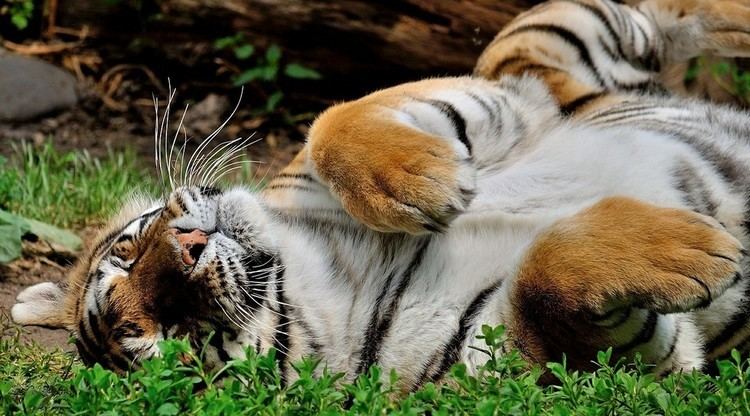Lifespan Tiger: 20 – 26 years Gestation period Tiger: 93 – 112 days Speed Tiger: 49 – 65 km/h | Height Tiger: 70 – 120 cm Mass Tiger: 90 – 310 kg Length Tiger: 2.5 – 3.9 m | |
 | ||
Representative species Tiger, Norway lemming, Siberian brown lemming, Amur lemming | ||
Solitary animals are those that spend a majority of their lives without others of their species, with possible exceptions for mating and raising their young. The antonym to a solitary animal is a social animal.
Contents

Territorial

Animals that are solitary are often territorial and do not like the company of another animal in their territory and especially an animal of their own kind. This could be due to competition between rivals for the opportunity to mate or over territory, or it could be a more suitable way to live in the environment. When two of the same species meet they often show aggressive displays to try to chase off the other, but if neither of the two backs down a brawl can escalate. In some species these fights can end in the death of one or both animals.
Exceptions

The few times a solitary animal is with another of its kind is when it is caring for its offspring or when it is ready to mate. Nevertheless, when an offspring becomes independent the youngster will either leave on its own or be rejected by its parent. This trait could be because the parent no longer tolerates the presence of another of its kind or it is ready to mate again and cannot care for both its first offspring and a newborn. During a time of mating, a solitary animal tries to find a mate, and once the act is completed, the animal may repeat the mating process several times and then resume its solitary lifestyle.
Reasons
Solitary animals live alone to avoid competition against other members of their own species.
Solitary invertebrates
Solitary vertebrates



